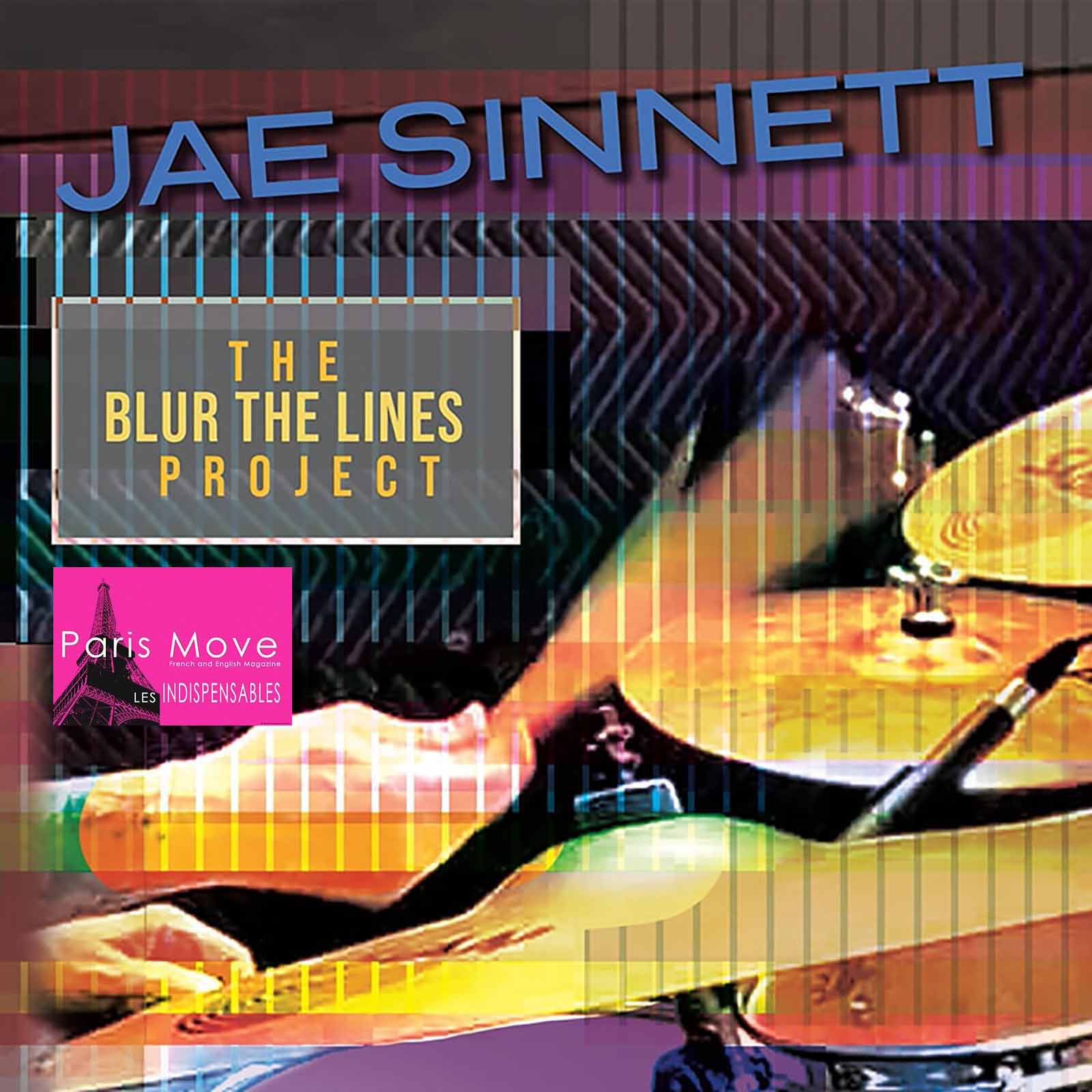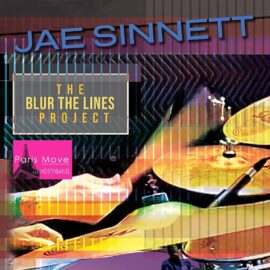| Jazz |

If you happen to be among the devoted followers of Dario Argento’s films, the kind of viewer who has studied every flicker of light, every bar of the Goblins’ eerie soundtracks, you will likely feel an immediate jolt of recognition when listening to Jae Sinnett’s latest album. Its atmosphere evokes that same alchemy of menace and beauty, a music that seems at once haunted and propulsive. But this is no mere exercise in nostalgia. Sinnett takes familiar rock landmarks—Rush’s Tom Sawyer, Deep Purple’s Hush, Led Zeppelin’s Immigrant Song, and reshapes them with a jazz sensibility, stretching their sinews until they swing, until they groove. The result is not parody or pastiche but something more ambitious: an idiom in which the drums, his true voice, speak with an eloquence that feels both unrestrained and meticulously judged.
That duality, freedom and control, abandon and form, has defined Sinnett’s path from the beginning. Born in Donora, Pennsylvania, he arrived in Virginia in the mid-1970s as a sailor in the U.S. Navy, carrying little more than a determination to serve. When his military years ended, music came rushing in to fill the space. By the mid-1980s he was a drummer, a composer, a bandleader, a musician of insistent voice. His 1986 debut, Obsession, announced him with startling confidence, featuring Frank Foster, once the director of the Count Basie Orchestra, alongside John Hicks, Wallace Roney, Steve Wilson and Clarence Seay. Already the outlines were clear: this was an artist unafraid of large ambitions and equally unafraid of sharing the stage with giants.
The albums that followed traced a restless arc. Blue Jae (1992) swayed with the swing of a sextet in full command. House and Sinnett (1994) and Listen (1997) expanded his palette, enlisting players such as Cyrus Chestnut, Jesse Davis, John D’Earth and Billy Pierce. Listen, in particular, did more than signal his compositional skill: it rose to the top of the Gavin Jazz Radio Charts, proof that his music was resonating far beyond the clubs and studios where it was born.
And yet, even this substantial discography only hints at the breadth of Sinnett’s artistry. To hear him play is to encounter a drummer who refuses to be just timekeeper or accompanist. His cymbals shimmer without clutter. His snare snaps, not with aggression but with clarity. Each rhythmic phrase carries the authority of a metronome and the wit of a conversationalist. He is a drummer who talks, sometimes whispers, sometimes declaims, but never simply keeps the beat. That ability to make rhythm itself a form of narrative has long distinguished his sound.
The new album reveals all these qualities in miniature. Its grooves borrow equally from funk, rock and straight-ahead jazz, creating an idiom that reflects not only his influences but also his encounters. Over the decades, Sinnett has played with a who’s who of modern jazz: Branford and Ellis Marsalis, Joe Henderson, Freddie Hubbard, Chuck Mangione, Charlie Byrd, Herb Ellis, Chico Freeman, Arthur Blythe, Carol Sloane, Jon Hendricks, Randy Brecker, James Moody, Kenny Drew Jr., Fred Hersch, Mulgrew Miller, James Williams, Jack Walrath, Makoto Ozone, JoAnne Brackeen, Andrew White, Frank Morgan. Each name on that list is a world in itself, and Sinnett has moved fluently among them.
What emerges from all this is a portrait of an artist equally at home in collaboration and in command. His drum solo on “Frankenstein,” to take one example, bristles with a force that is both physical and architectural: a construction of sound in which every strike feels inevitable.
His 2005 album The Sinnett Hearings remains his crowning achievement, a project for which he wrote and arranged every note. It climbed to No. 1 on the national jazz radio charts and stands today as a master class in how groove and improvisation can be fused without compromise. It is, in many ways, the lens through which his later work should be heard.
Which is why this new record matters. It is not just another entry in a catalog but a kind of summation, a reminder that the boundaries between genres are far more porous than we often admit. For listeners who live at the intersection of jazz and rock, who crave music that is muscular without losing its nuance, this album feels like one of the finest statements in recent memory. It insists that energy and sophistication, pulse and intellect, can share the same stage. And it reminds us, too, that Jae Sinnett is not merely a drummer or even a bandleader, but a storyteller whose instrument happens to be rhythm.
In a musical landscape often splintered into categories, he offers something rarer: a bridge. And on that bridge, the music doesn’t just move, it strides, it dances, it speaks.
Thierry De Clemensat
Member at Jazz Journalists Association
USA correspondent for Paris-Move and ABS magazine
Editor in chief – Bayou Blue Radio, Bayou Blue News
PARIS-MOVE, September 2nd 2025
Follow PARIS-MOVE on X
::::::::::::::::::::::::

